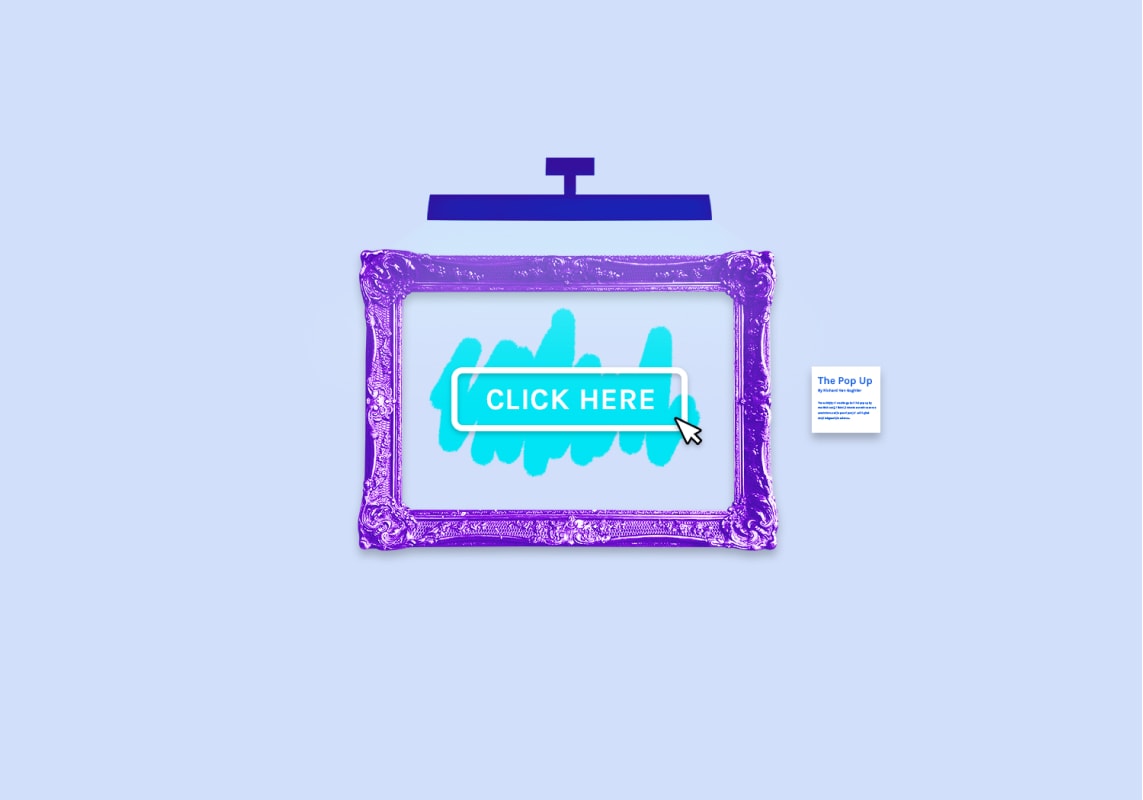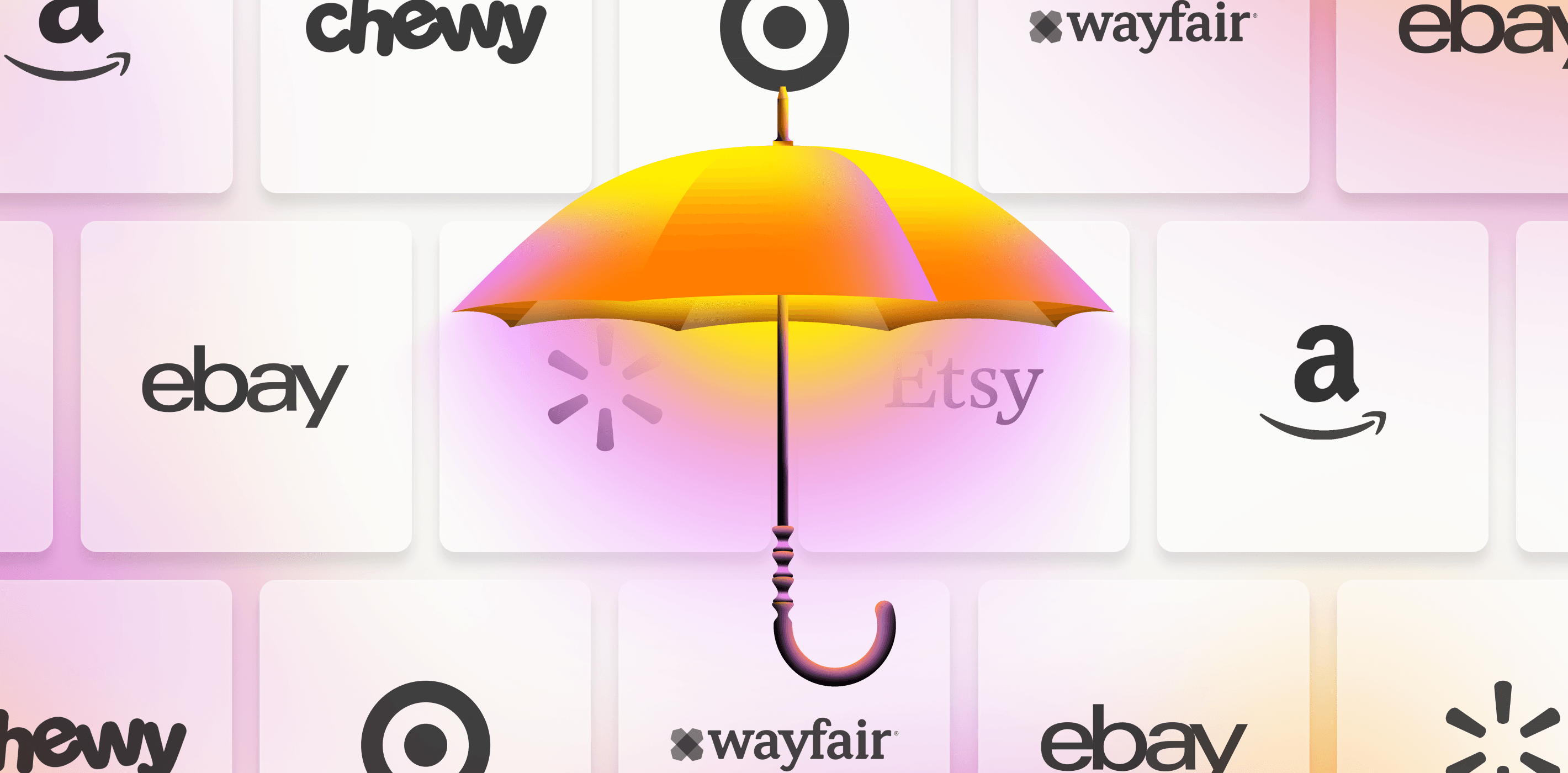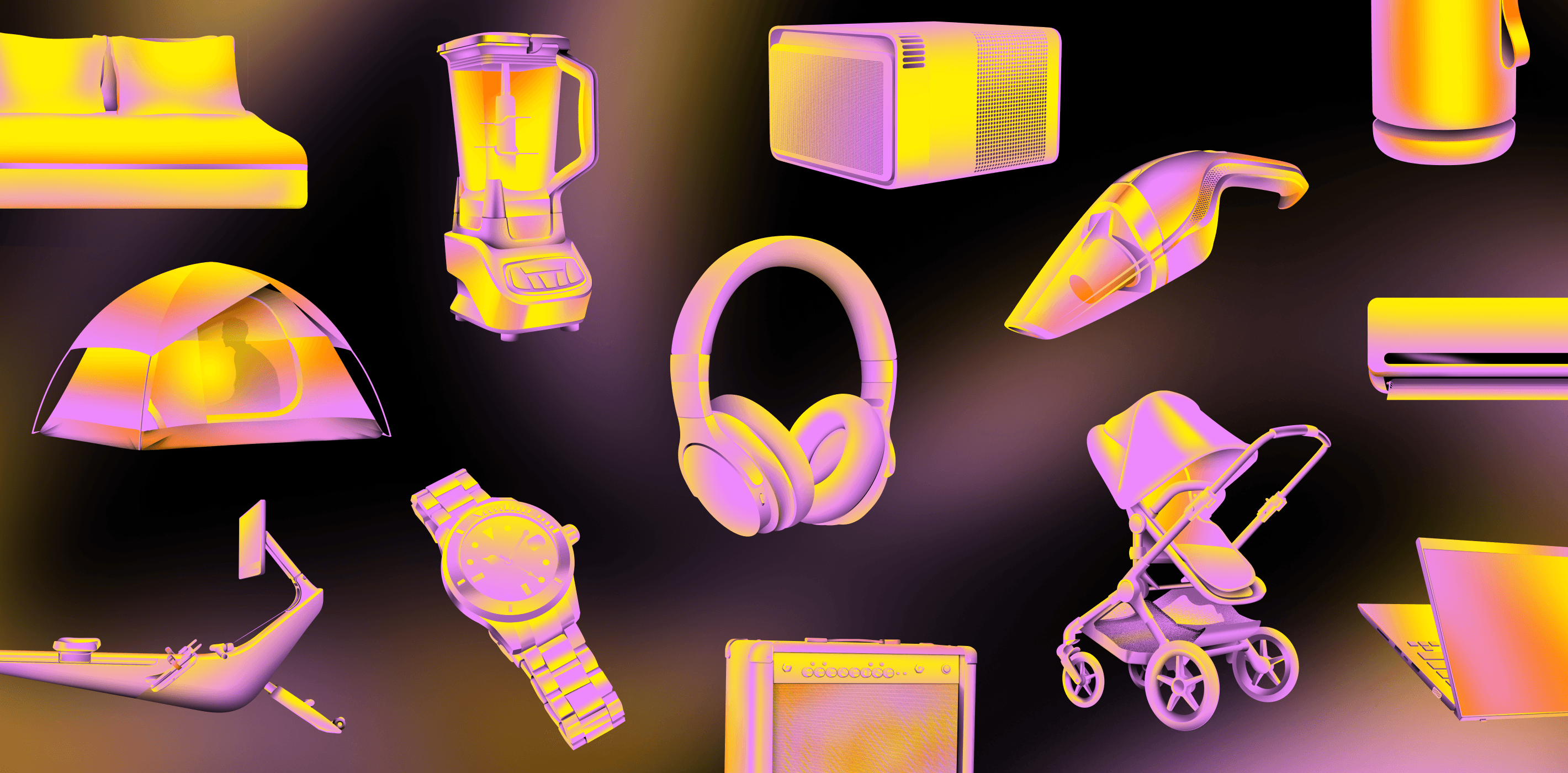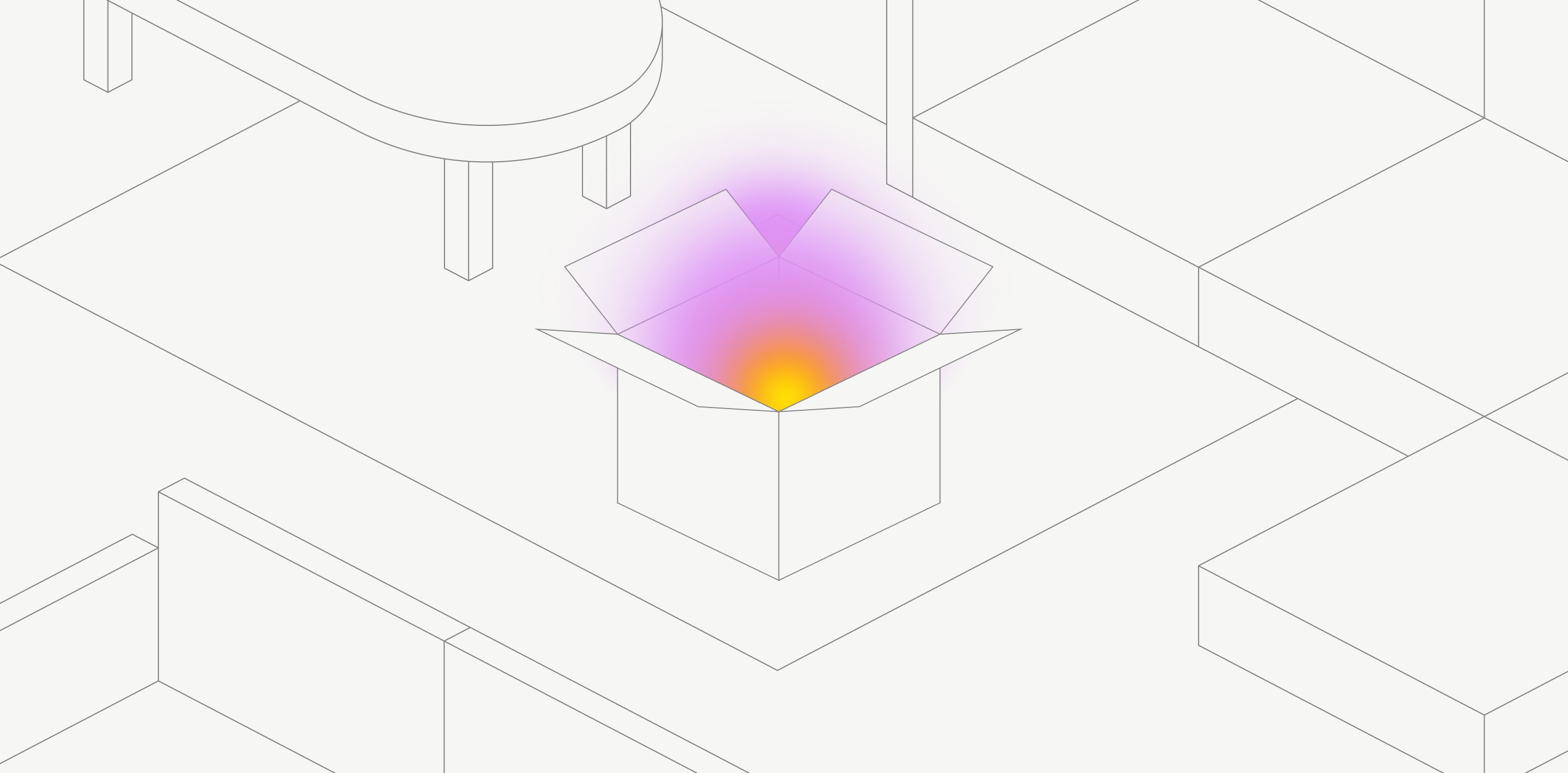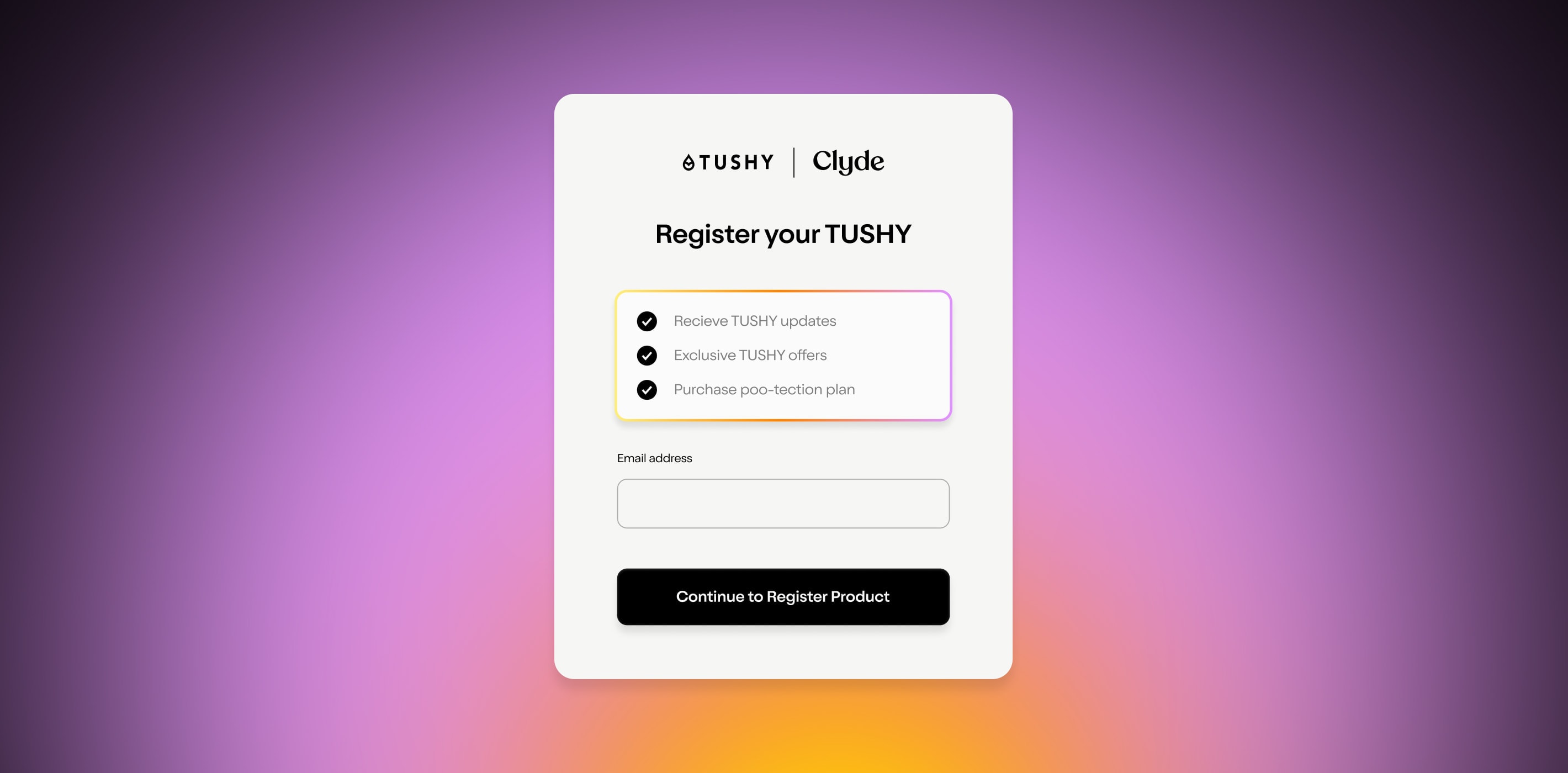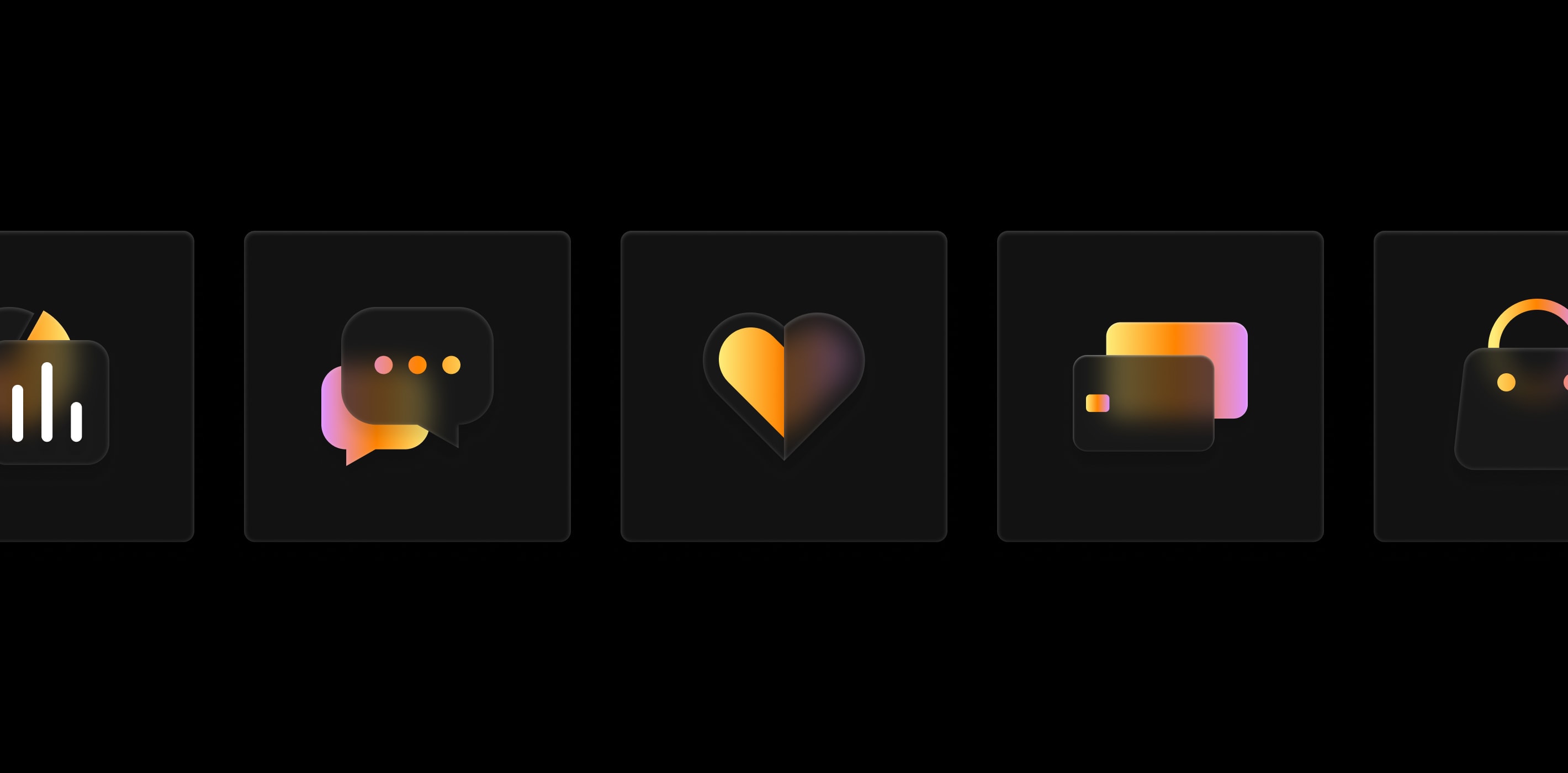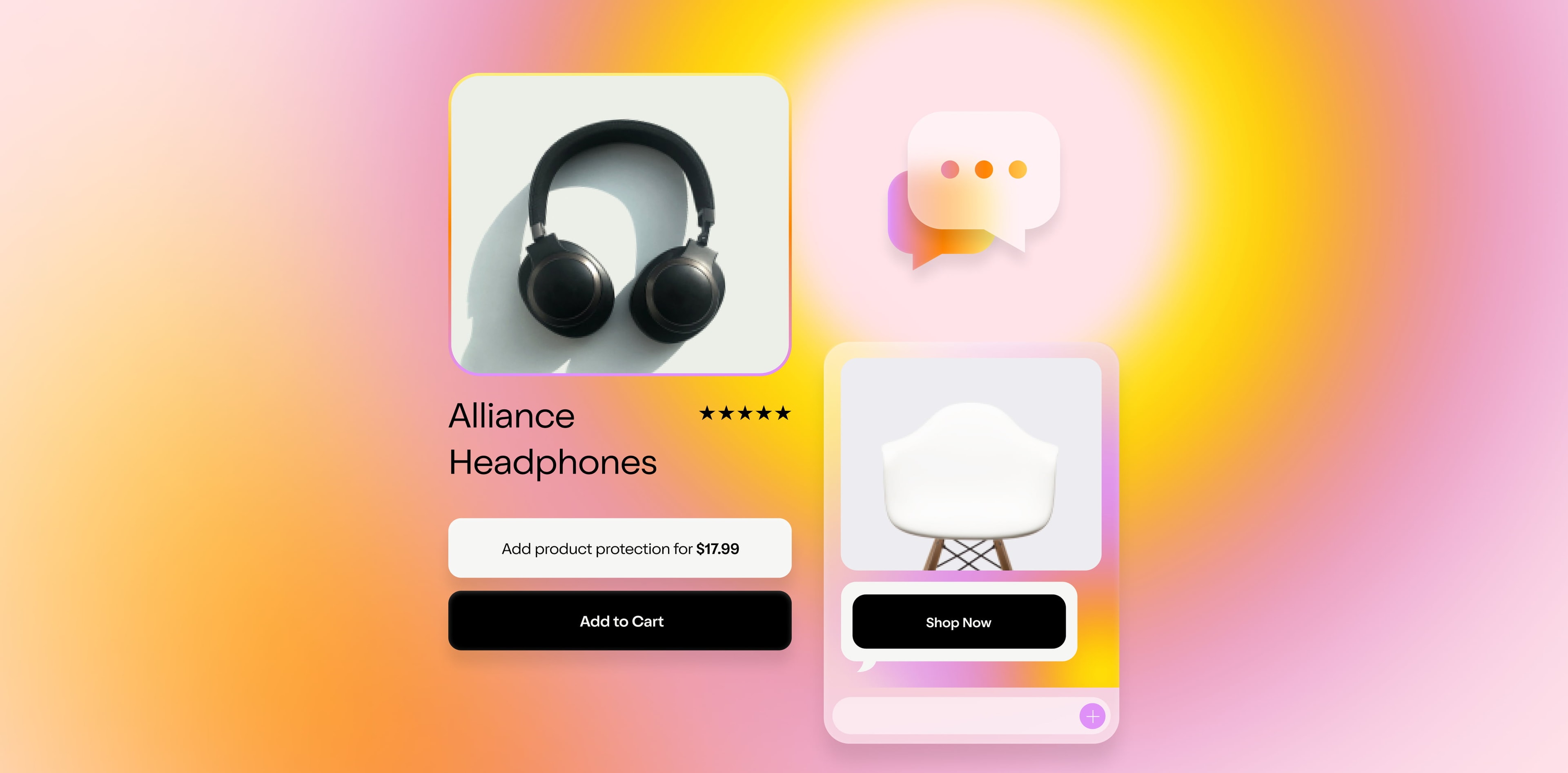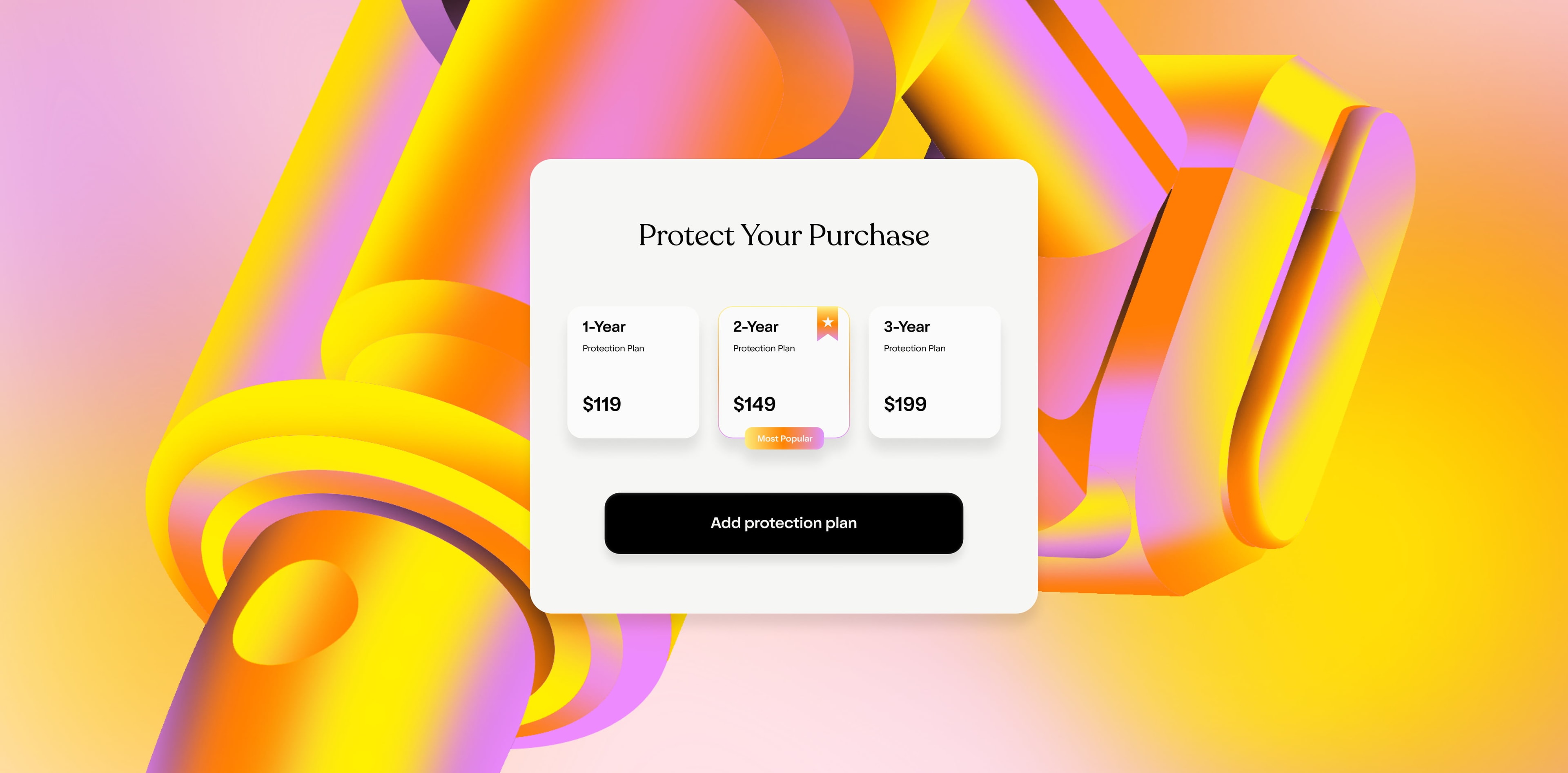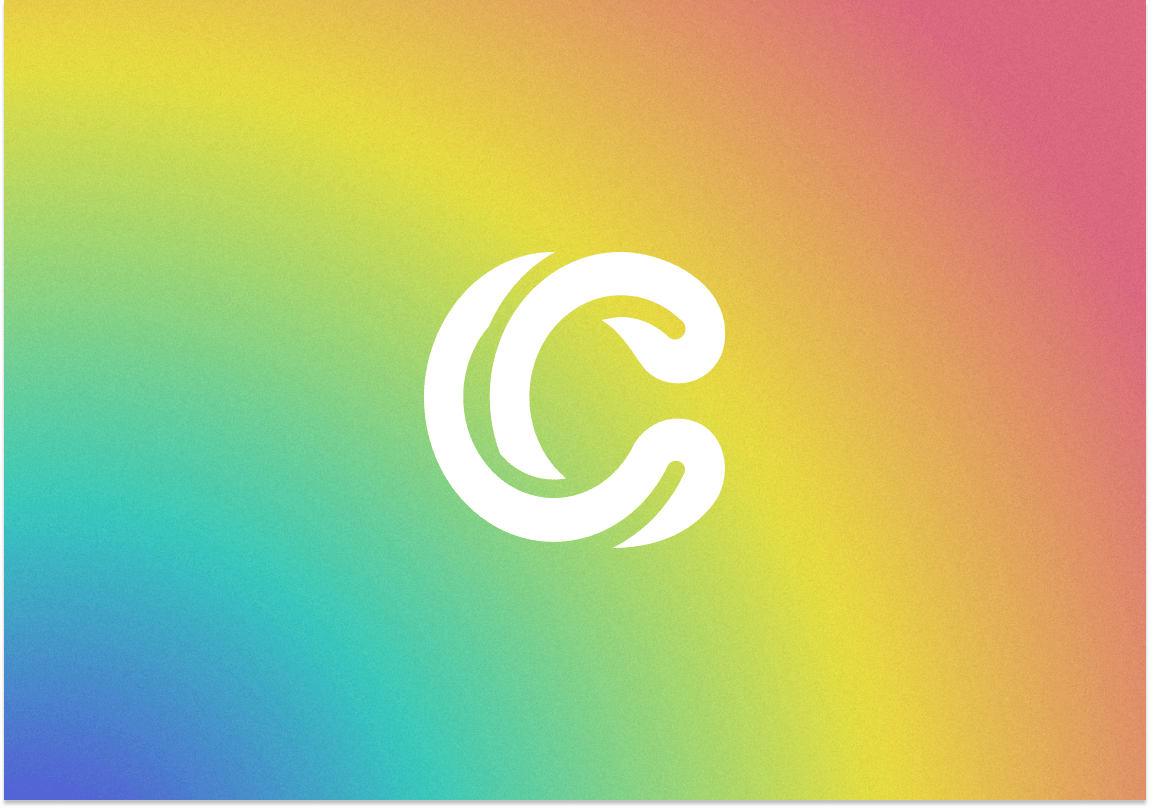Successful business growth used to look like this: little store does well, sees sales goes up, expands into other locations.
You know the time lapse I’m talking about, where we start with one location in one state and then see dozens more pop up across the country until we’ve got a full-fledged national brand on our hands.
eCommerce came along and broke a lot of those norms. While some brands do expand into physical retail after strong online sales, like Casper with its sleep stores and Amazon’s various retail experiments from four-star-and-up marketplaces to cashierless checkouts, retail is no longer the end-all, be-all arbiter of commercial success. Even those brands are using retail not just to drive sales but also to test out new products and service offerings, build brand awareness, and earn media mentions.
For many expanding eCommerce brands with those goals, permanent retail space isn’t necessarily the right next step. That’s especially true post-pandemic, when sellers of all stripes are nervous about signing up for long-term physical commitments. Per a recent report on commercial real estate , office availability in NYC hit 16.1% in the first quarter of 2021, the highest number on record. A survey of commercial lessees found that 47% of them had put lease negotiations on hold or pulled out of leases during the pandemic.
With an omnichannel strategy looking like the future of successful commerce and permanent retail spaces requiring too much commitment, how can growing eCommerce companies increase their visibility in a crowded market?
We surveyed experts in the field and have four answers for you. We’ll address the first in this piece, and the others will follow as part of our series, Growth Reimagined: eComm Strategies That Work, No Lease Required.
The Art of the Pop-Up, Redux
The Future of Influencer Marketing Is Here
Meet You at the (Virtual) Mall: An Intro to Social Shopping
Expos and Trade Shows Are Back—We’ll See You There
eComm is popping
When I first reached out to Hope Newman to set up an interview for this piece, she got back to me with a phone call.
“Outlook is down, we have so many emails coming in!” Hope explained. She’s the Creative Director of The Pop Up Shop Agency , a marketing consultancy that does exactly what its name implies. The agency has created immersive, pop-up shops and experiences for brands like Bose, HBO, and Puma, among others. And now Hope is seeing her inbox (when it’s working) fill up with outreach from a new type of client: eCommerce brands.
“eCommerce companies are the main ones contacting us right now. They spent a year having incredible success, and they want to expand, and they have more cash to do so,” says Hope. The spike in eComm interest has more than made up for a downtick in demand from consumer package brands or brick and mortar establishments looking to generate more dramatic content, she adds.
What eComm brands are looking for—and what they should be looking for
The booking form on The Pop Up Shop Agency’s website lists off a variety of goals that brands may have for their pop-up events:
Sales
New product introduction
Brand promotion
PR exposure
Research and feedback
“Almost all [eComm brands we work with] just think cash, pop-ups as a way to generate more money,” says Hope. “The smarter ones realize it’s a content play as well.”
That content comes in two waves, says Hope. First, there’s brand-created content to help convert a casual consumer into a brand ambassador.
“As a content generator for brand awareness, [pop-ups] are way, way more effective than a TikTok video,” she says. “You generate 360 degree, immerse engagement; you have a person in front of you and can envelop them in your brand with all five senses. Once you get them to the door, or to the activation, you can have a true conversion.”
The second wave of content is user-generated content (UGC), or content made by participants and shared on their own social media channels, which brands can later build into marketing campaigns.
She points to a few key metrics that measure a pop-up’s success along both waves of content as well as more traditional sales:
Sales per square foot
Social media following
Social media engagement (tags, likes, shares)
Site traffic numbers
The growth path for a pop-up
While pop-ups are, by Hope’s definition, “anything that does not last,” a pop-up doesn’t necessarily have to fade out into nothing.
“Some pop-ups are pure PR. They’re not looking to run retail numbers; they’re purely brand awareness plays,” she says.
But sometimes, in the process of running a pop-up, brands discover that there’s sustainable demand for that presence.
I bring up the example of the Mejuri flagship store in NoLita. I’d walked by it a few days before interviewing Hope and I was shocked at the long line of masked-up shoppers waiting to get into the store.
Mejuri started as a Canadian-based fine jewelry eCommerce site. It found success by ignoring traditional jewelry marketing, which targeted men who were buying for the women in their lives, and instead inviting women to invest in quality—but still affordable—jewelry to celebrate themselves. Per Fashion , they grew 400% year-over-year from 2015 to 2018, leading them to open a short-term first location in Toronto.
Customers loved the option to try on the jewelry in store, as well as to experience the luxury the brand promised, from sleek couches and velvet chairs to gilded mirrors and jewelry concierges to help them find their ideal pieces. The Toronto location became a permanent one, and the brand decided to expand into a New York shop , once again starting with a showroom but extending it into a permanent flagship when it proved successful. The New York store also experiments with new products and with customer activation.
“That happens all the time,” says Hope of Mejuri’s journey. “We have a client right now who’s an eComm brand thinking of doing their first store in the US. They’re going to start with one in Brooklyn. They want us to look for spaces where we can do a three-month pop-up test, since they’ve never done brick and mortar, but also to speak to the landlords and see if they’d be willing to extend the lease longer. They’re pre-planning that they could permanently stay in that space.”
Hope says she’s seen clients who will do 12 pop-ups all across the States and find that one or two of them are successful enough to merit a full-time, more permanent location. “That’s why pop-ups work as a business—you can test certain locations,” says Hope.
The future of eComm pop-ups
Hope sees three trends emerging when it comes to how eComm companies are taking advantage of the marketing and sales potential of pop-up experiences:
Mobile marketing
Hybrid events
Influencer partnerships
1. Mobile marketing
Do you have a sprinter van that’s in good condition? Hope might want it.
“We’re seeing way more requests for mobile marketing—pop-ups that are mobile, whether in a refurbished fire truck or sprinter van, which are not tied down to a particular state or location and where you don’t have to sign a lease,” she says.
Brands either rent a vehicle for a shorter circuit, like to hit a few surf spots in lower California to create content and engagement with that community, or buy a vehicle and kit it out with plans to use it for multiple months or years, like on a cross-country tour.
“Today’s world is a little bit uneasy, so that’s an easy way for people to do it. It’s a thing you can switch quickly on and off,” Hope explains of the appeal.
An example of mobile marketing by Veuve, who kitted out a VW van and drove it around to different liquor stores in the summer of 2019.
2. Hybrid events
A successful pop-up can no longer just focus on its physical location and experience—brands also need to be thinking about how they’re enabling people to be involved online, too.
That’s both as a backup plan, explains Hope, in case local restrictions change or there’s a spike in COVID cases and the event can’t go on as planned, but also as a way to expand the impact of the marketing investment required from a pop-up.
“We’ll often work in conjunction with social media managers and website developers so we can have simultaneous Zoom and live events,” says Hope.
Revolve’s viral influencer pop-up events went online in the summer of 2020, sharing content frominfluencers’ homes instead of on a yacht in Greece or a resort in Mexico. (They’re back for 2021 , though.)
3. Influencers everywhere
The third trend Hope predicts is the continued evolution of influencers as a key part of a marketing strategy.
They could play into the first two trends, as in mobile marketing campaigns that stop by content houses in LA to do micro pop-ups that will end up on popular users’ TikTok and Instagram pages or hybrid events that heavily feature influencers, like the Revolve campaign mentioned above.
More on this later, in the next post in this series.
What this means for brands
If you’re an eCommerce company with some marketing cash to spend, you should be thinking about pop-ups, says Hope. “This is the moment! Leasing is never going to be this cheap again,” she says of the post-pandemic glut.
“Everyone’s been waiting and waiting, and now there’s a lot of energy, and people are dying to get off the couch and experience things—myself included!” she adds.
Whether you start and end with one pop-up or end up launching a flagship, investing in pop-ups represents the same thing: seeing retail not as a sales space but as a playground, either to experiment with truly omnichannel retail (like buy-online-pick-up-in-person, or with in-person online ordering), or to explore the future of branding, PR, and product.
We’ll meet you there!
SIGN UP FOR OUR NEWSLETTER
